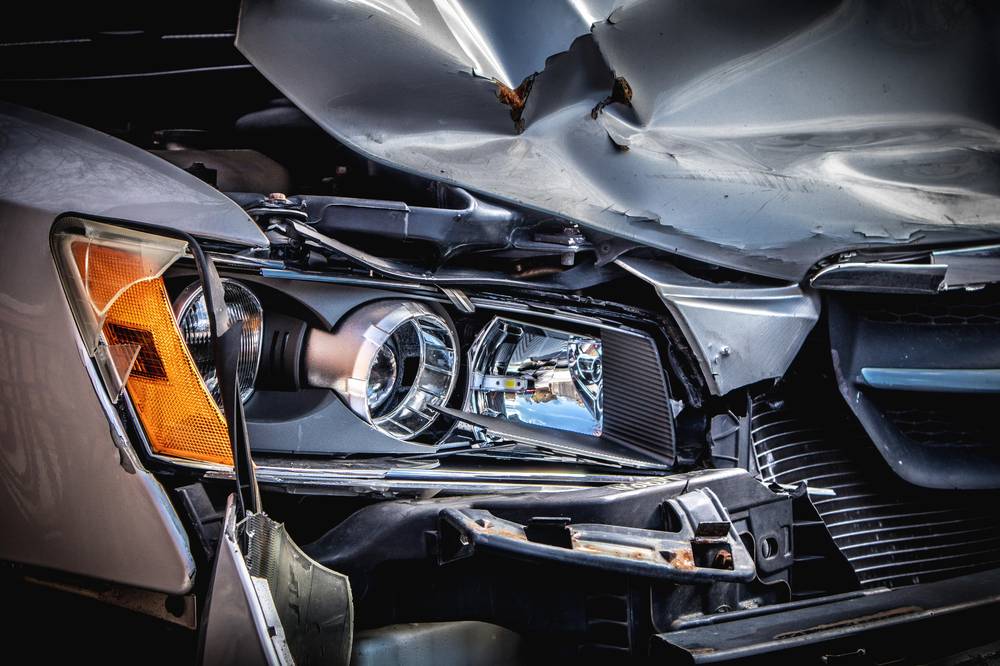Car accidents can cause devastating injuries, especially with arm injuries that can disrupt your daily life and activities.
In California, where the roads are always busy, and accidents are unfortunately common, these types of injuries occur frequently. Arm injuries from car accidents can range from minor bruises to severe fractures and nerve damage, each with its own set of challenges and recovery path.
Arm injuries can significantly impact an individual’s quality of life, causing pain and reducing mobility. They often require extensive medical treatment.
These injuries occur due to the impact force during a collision, usually when the arm is extended to brace for impact or is hit directly by part of the vehicle or debris. The severity and type of arm injury depend on several factors, including the nature of the crash, the position of the arm at the time of impact, and the speed of the vehicles involved.

Understanding the mechanisms behind these injuries and recognizing their symptoms are crucial to your recovery and seeking compensation for your losses.
At Silva Injury Law, our skilled California car accident attorneys recognize the importance of treating these injuries and understanding their legal implications.
If you need assistance pursuing compensation for arm pain after a car accident, please get in touch with us online or call (209) 600-4389 to schedule a free consultation.
In the meantime, read on to learn more about the most common types of car accident arm injuries.
1. Bone Fractures
One of the most common arm injuries is bone fractures. These fractures can vary significantly in severity and type, affecting recovery time and treatment methods.
Examples of fractures include:
- Clavicle fracture. A break in the collarbone is often caused by direct impact or force from a seatbelt. Symptoms include pain, swelling, and a noticeable sag in the shoulder.
- Scapula fracture. Injuries to the shoulder blade are less common but indicate severe trauma. Symptoms include intense pain, swelling, and difficulty moving the arm.
- Humerus fracture. The upper arm bone can break due to direct impact or a fall. This fracture causes immediate pain, swelling, and an inability to move the arm.
- Forearm fracture (ulna and radius). Shielding your face during a collision can result in fractures in the forearm bones. Symptoms include pain, swelling, and a visible deformity in the forearm.
Treatment for arm fractures depends on their complexity. Simple fractures might only require casting or splinting, while more complex or compound fractures could necessitate surgical intervention to realign the bones properly.
Recovery time can vary from a few weeks to several months, and physical therapy can restore full function and mobility.
2. Torn Ligaments & Nerve Damage
Ligaments and nerves in the arm are susceptible to damage from the force exerted in a car accident. If not adequately treated, such injuries can lead to long-term complications.
Some ligament and nerve injuries include:
- Elbow sprain. A direct blow or sudden twist can tear ligaments in the elbow joint. Symptoms include pain, bruising, and a limited range of motion.
- Rotator cuff tear. The group of muscles and tendons that stabilize the shoulder can tear upon impact, causing pain, weakness, and a decreased range of motion in the shoulder.
- Brachial plexus injury. This injury involves a stretch or tear in the network of nerves that sends signals from the spine to the shoulder, arm, and hand. Symptoms include a burning sensation, weakness, or numbness in the arm.
- Ulnar and median nerve entrapment. Injuries to the nerves that run along the arm can cause severe pain, weakness, and numbness, particularly in the hand and fingers.
Doctors typically diagnose ligament and nerve injuries through physical examinations and imaging tests like MRI or CT scans.
In severe cases, treatment may range from rest and physical therapy to surgical repair. Recovery from these injuries is often lengthy and may require ongoing rehabilitation to regain strength and flexibility.
3. Joint Dislocation
Joint dislocations in the arm are painful injuries that occur when the bones in a joint are forced out of their natural alignment. That can happen in any of the arm’s joints but is most common in the shoulders and elbows due to the force of impact in a car accident.
Because of its wide range of motion, the shoulder joint is particularly vulnerable to dislocations. Symptoms include visible deformity, swelling, pain, and the inability to move the joint. An elbow dislocation occurs when the bones of the forearm (the radius and ulna) move out of place. Signs include severe pain, swelling, and a pronounced deformity of the elbow joint.
Treatment for a dislocated joint often involves a process called reduction, in which a medical professional manually guides the bones back into place. Afterwards, the arm is typically immobilized with a sling or splint, and the victim is prescribed rest and physical therapy to restore strength and mobility.
Surgery may be necessary if the ligaments, tendons, or nerves around the dislocated joint are significantly damaged.
4. Soft Tissue Injuries
Soft tissue injuries include damage to the muscles, tendons, and ligaments in the arm and can range from mild to severe, depending on the force of the car accident.
Muscle strains, often occurring in the upper arm or forearm, involve stretching or tearing muscle fibers. Symptoms include pain, swelling, and difficulty using the affected muscle. Bruises caused by blunt trauma can vary in severity. While they generally heal independently, severe bruising can indicate more profound tissue damage. Tendon inflammation can also occur from a car crash’s sudden, forceful impact. Symptoms include pain, tenderness, and reduced mobility in the affected area.
Treatment for soft tissue injuries generally includes rest, ice, compression, elevation (RICE), and pain management through medication. Physicians may also recommend physical therapy to aid in recovery and prevent stiffness or loss of mobility. For more severe cases, such as complete tears of muscles or tendons, surgical intervention might be required.
Let Silva Injury Law Help You — Schedule Your Free Consultation
Navigating the recovery process from an arm injury sustained in a car accident can be challenging, especially when dealing with the legal aspects of pursuing compensation. Silva Injury Law is dedicated to supporting victims through this difficult time.
Our team has extensive experience in car accident cases, including those involving complex arm injuries. We understand the medical and legal nuances that impact these cases.
From gathering evidence and medical records to negotiating with insurance companies, Silva Injury Law handles all aspects of your case, allowing you to focus on your recovery. We operate on a contingency fee basis, meaning you pay nothing unless we win your case.
We believe in compassionate advocacy and treat each client like family. You’ll receive personalized attention and regular updates throughout your case. We advocate for victims like you who sustain arm injuries from car accidents.
Please contact us online or call (209) 600-4389 today to learn how we can help you pursue the justice you deserve.

















 EMAIL
EMAIL  Ask AI
Ask AI  Access
Access